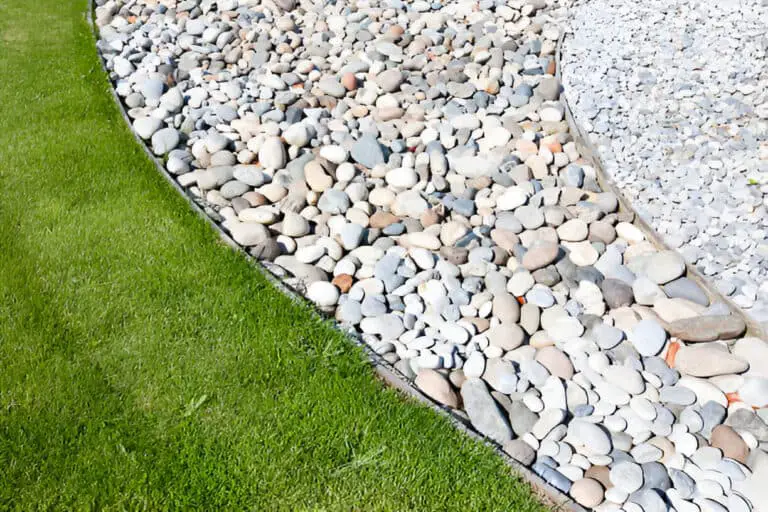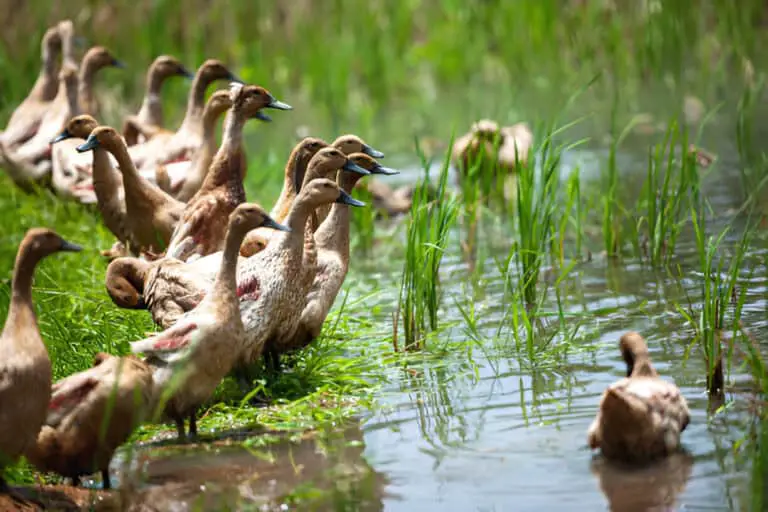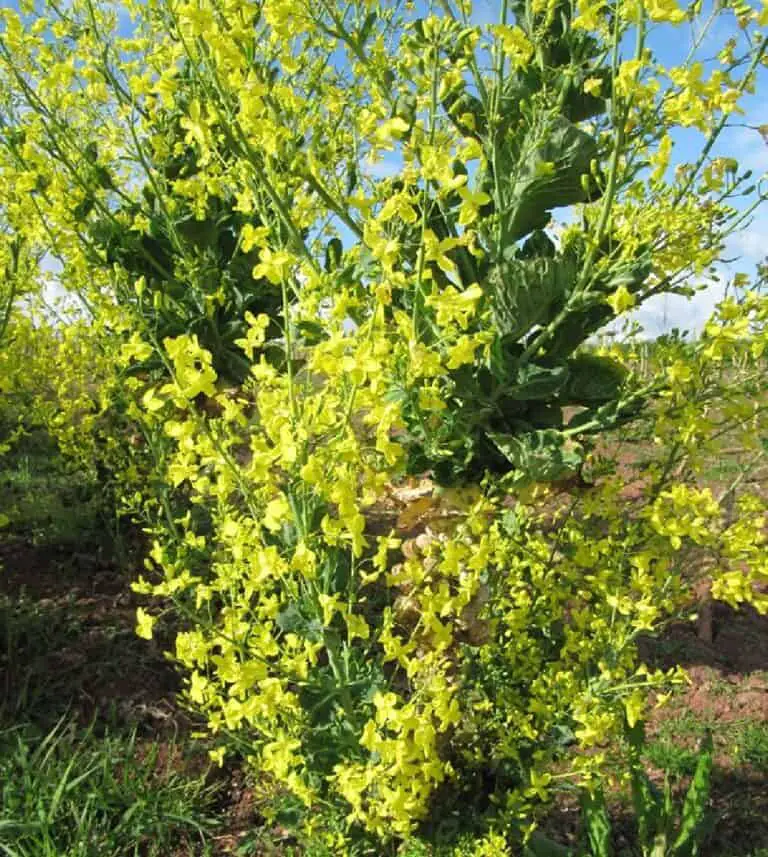How Do You Keep Lobelia Blooming All Summer? Say Goodbye to Wilting Lobelia
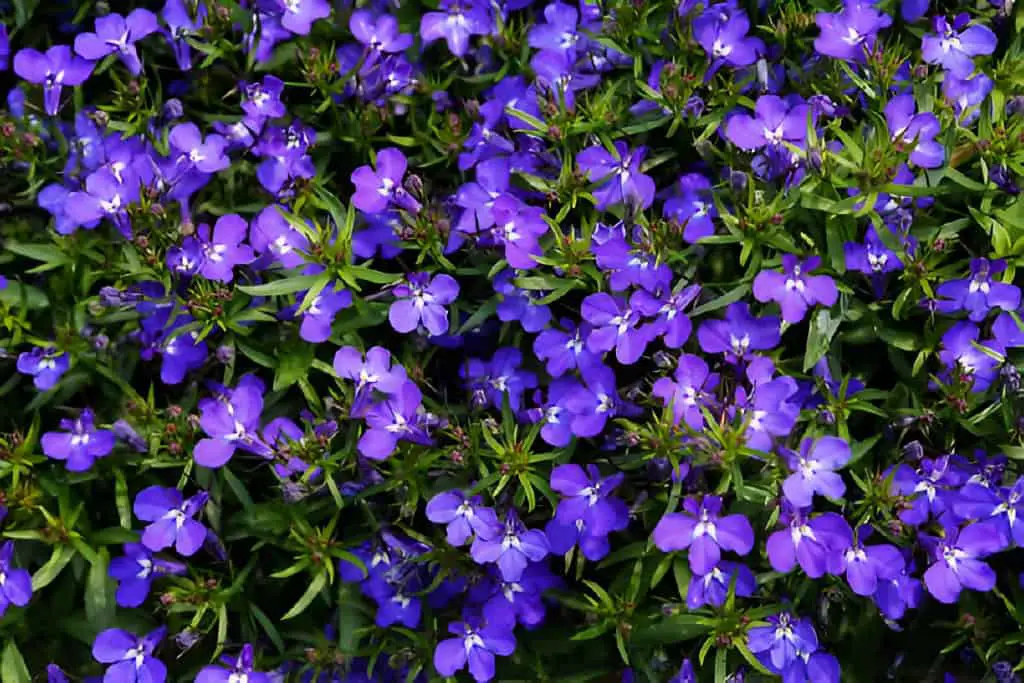
Lobelia has stunning blue, purple, white, and pink blossoms. It is a favorite among gardeners who want a burst of color in their summer gardens. However, keeping lobelia blooming all summer can be a bit of a challenge, as these delicate plants are prone to wilting in the heat.
Are you tired of your lobelia wilting before the summer ends? Keeping lobelia blooming throughout the season is possible with the right care.
This article will guide you through the steps to keep your lobelia vibrant and healthy. Doing so will enhance your garden’s beauty all summer.
Understanding Lobelia
Lobelia is a genus that includes both annual and perennial species. The most popular varieties for summer gardens are Lobelia erinus (trailing lobelia) and Lobelia cardinalis (cardinal flower).
Lobelia erinus has a cascading habit. This makes it ideal for hanging baskets and containers. In contrast, Lobelia cardinalis has tall, striking spikes of flowers. These are perfect for garden beds and borders.
Choosing the Right Lobelia Variety
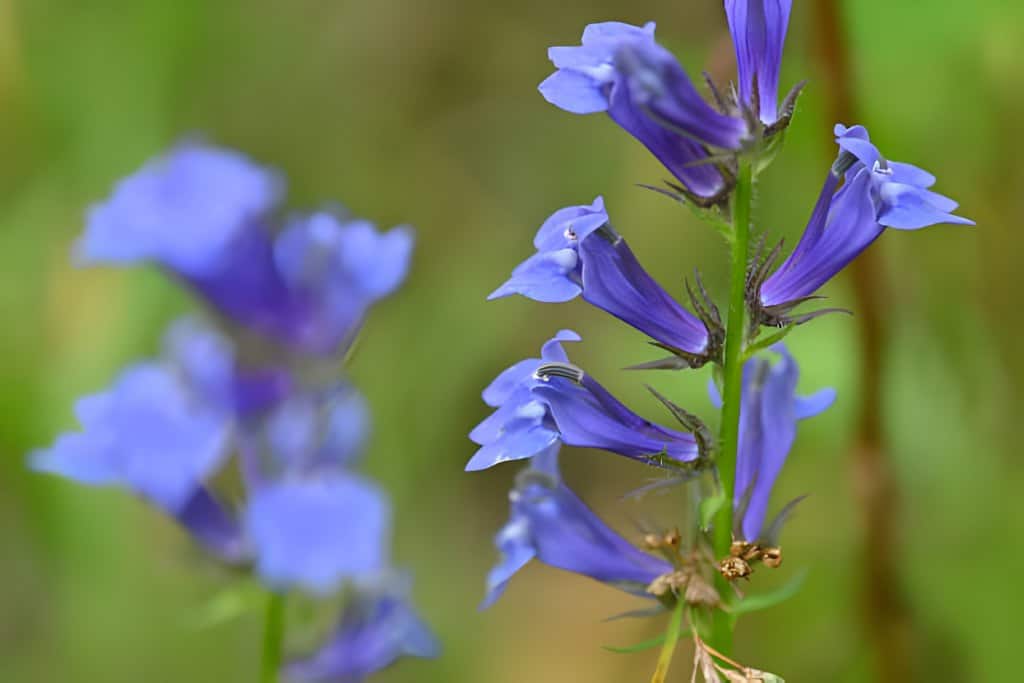
Selecting the right variety of lobelia is the first step to ensuring continuous blooming. Annual lobelia (Lobelia erinus) is typically more heat-tolerant and suited for summer displays. This species has many cultivars, such as ‘Crystal Palace‘ and ‘Riviera‘. They are known for their strong flowering habits. Perennial varieties, like Lobelia cardinalis, can also bloom in summer. But, they need more specific growing conditions.
1. Trailing Lobelia
This type of lobelia, also known as Lobelia erinus, is perfect for hanging baskets, window boxes, and containers. Trailing lobelia varieties have cascading stems that can reach up to 12 inches in length, creating a stunning cascade of flowers.
They are available in a range of colors, including shades of blue, pink, and white. Popular trailing lobelia cultivars include ‘Trailing Sapphire,” “Cascade Mix,” and “Fountain White.”
2. Upright Lobelia
As the name suggests, upright lobelia (Lobelia cardinalis) grows in an upright manner and can reach a height of 2 to 3 feet. This type of lobelia is commonly found in flower beds and borders, adding vertical interest and vibrant color.
Upright lobelia is known for its brilliant scarlet flowers, which bloom in late summer to early fall. Varieties such as “Queen Victoria” and “Black Truffle” are popular choices for adding a dramatic touch to the garden.
3. Perennial Lobelia
Unlike trailing and upright lobelia, perennial lobelia (Lobelia siphilitica) is a true perennial. It comes back year after year. It is native to North America and thrives in moist, woodland areas.
Perennial lobelia produces tall spikes of blue or purple flowers. It has a more natural, wildflower-like look. “Great Blue Lobelia” and “Blue Cardinal Flower” are popular perennial lobelia varieties. Consider them for a more permanent addition to your garden.
Planting and Soil Preparation for Lobelia
For lobelia to thrive, proper planting and soil preparation are crucial. Lobelia prefers well-drained, rich soil with plenty of organic matter. Before planting, amend the soil with compost to improve fertility and drainage.
Plant lobelia in a location that receives partial shade to protect it from the intense afternoon sun, which can cause wilting. If planting in containers, use a high-quality potting mix and ensure the containers have good drainage.
Watering Practices
Consistent watering is key to keeping lobelia blooming. These plants prefer evenly moist soil but are susceptible to root rot if overwatered. Water lobelia in the morning to allow the foliage to dry out during the day, reducing the risk of fungal diseases.
During hot, dry spells, you may need to water daily, especially for container-grown plants. Using mulch around the base of the plants can help retain moisture and keep the roots cool.
Fertilizing for Continuous Lobelia Blooms
Regular feeding will support continuous blooming throughout the summer. Use a balanced, water-soluble fertilizer every two weeks to provide essential nutrients. A fertilizer high in phosphorus will promote flower production. Be cautious not to over-fertilize, as this can lead to lush foliage at the expense of flowers.
Deadheading and Pruning
Deadheading, or the removal of spent flowers, is essential for encouraging new blooms. Regularly pinch off faded flowers to prevent the plant from setting seed. For trailing varieties, you can also trim back leggy stems to encourage bushier growth and more flowers. Pruning helps maintain the plant’s shape and vigor, ensuring a continuous display of blooms.
Managing Pests and Diseases
Lobelia is generally resistant to most pests and diseases, but it’s still important to monitor your plants regularly. Aphids and slugs can occasionally be a problem. Use insecticidal soap or neem oil for aphid infestations, and set up slug traps or barriers to protect your plants.
Ensure good air circulation around the plants to prevent fungal issues like powdery mildew. If you notice any signs of disease, remove affected parts immediately to prevent spreading.
| Read: Sunflowers Stay in Bloom Before They Last and Die? |
Dealing with Heat Stress
Heat stress is one of the main challenges in keeping lobelia blooming all summer. During extreme heat, lobelia can wilt and stop producing flowers. To reduce this, provide shade during the hottest part of the day. Use garden fabric or plant lobelia in areas that get morning sun and afternoon shade. Also, keeping the soil consistently moist and using mulch can help the plants cope. These steps can help with high temperatures.
Table: Lobelia Care Tips
| Care Aspect | Best Practices |
| Variety Selection | Choose heat-tolerant annuals like Lobelia erinus. |
| Soil Preparation | Use well-drained, rich soil with organic matter. |
| Watering | Keep soil evenly moist, water in the morning. |
| Fertilizing | Feed biweekly with a balanced, phosphorus-rich fertilizer. |
| Deadheading | Regularly remove spent flowers to encourage new blooms. |
| Pruning | Trim leggy stems to promote bushier growth. |
| Pests & Diseases | Monitor for aphids and slugs, ensure good air circulation. |
| Heat Stress | Provide afternoon shade, maintain soil moisture. |
Companion Planting
Companion planting can also play a role in keeping lobelia blooming. Plant lobelia alongsidLobelianions that provide shade and help retain soil moisture. Good companions include marigolds, petunias, and sweet alyssum. These plants not only complement lobelia’s color palette but also create a more resilient garden ecosystem.
| Also read: What Perennials Rebloom After Deadheading? |
Conclusion
To keep lobelia blooming all summer, you need to pick the right variety. Then, prepare the soil and water, and fertilize them regularly. You also need to maintain the plants carefully. You can ensure that these beautiful plants keep brightening your garden all season by understanding and addressing the specific needs of lobelia.
When picking lobelia varieties, consider your garden’s conditions. Also, think about the traits you want. Trailing lobelia works well in containers and hanging baskets, while upright lobelia adds height and color to flower beds. Perennial lobelia lasts a long time. It is a good option for those planting a perennial garden.
With the right care and attention, you can enjoy a vibrant display of lobelia flowers throughout the season. In this guide, we will explore the best practices for ensuring your lobelia remains healthy and blooms all summer.



